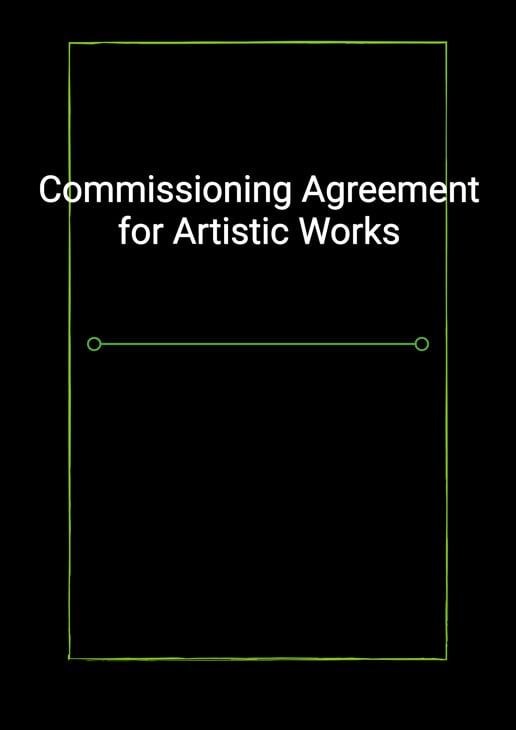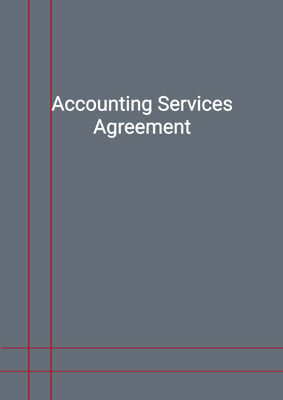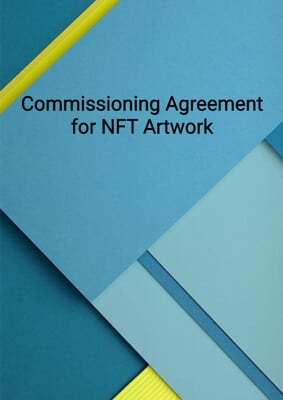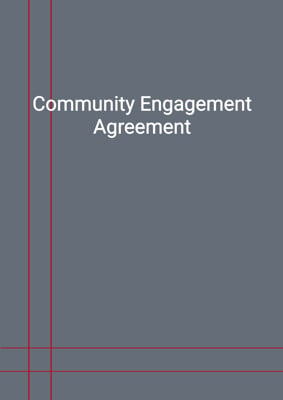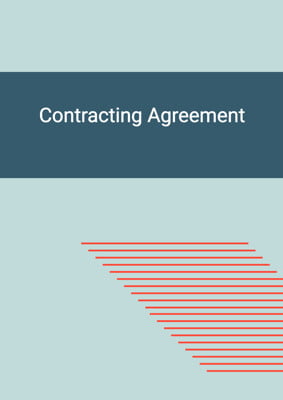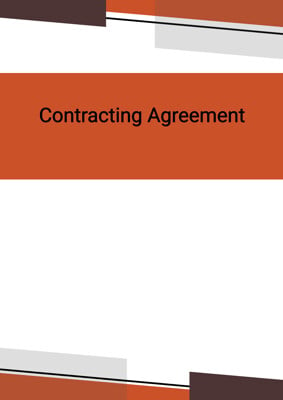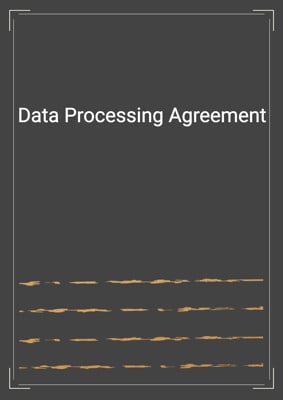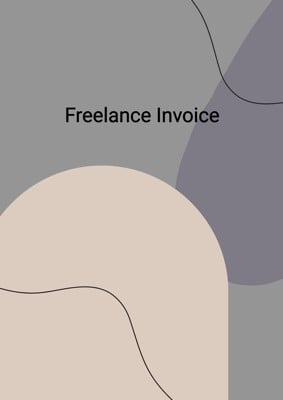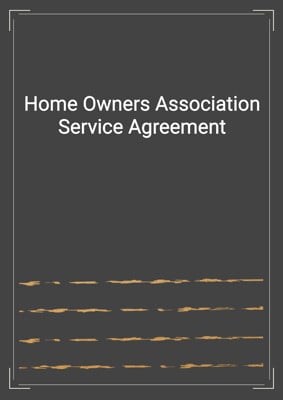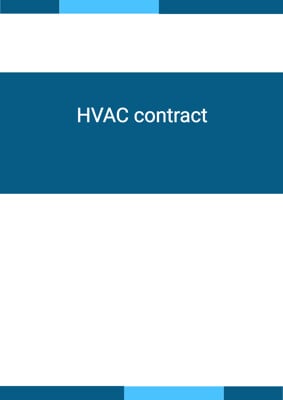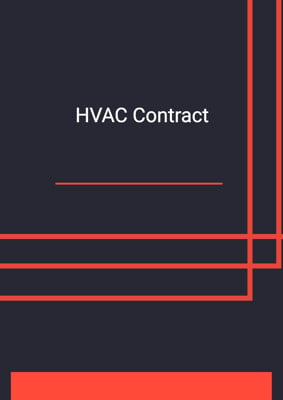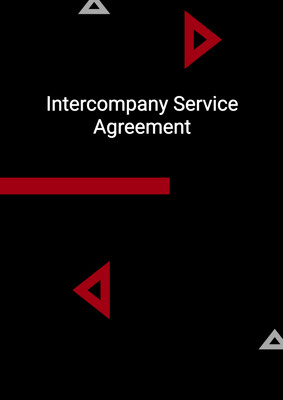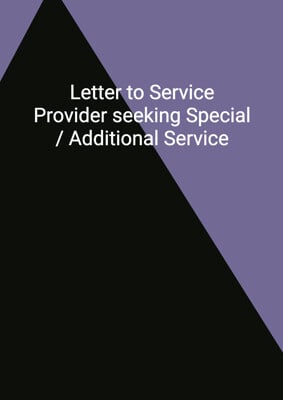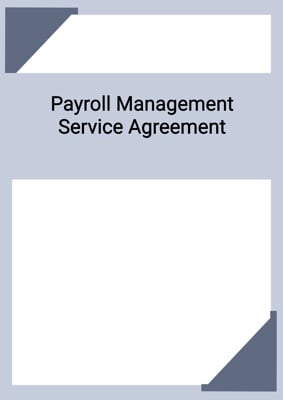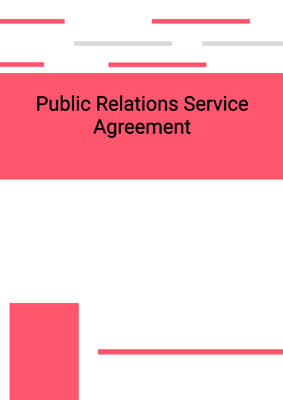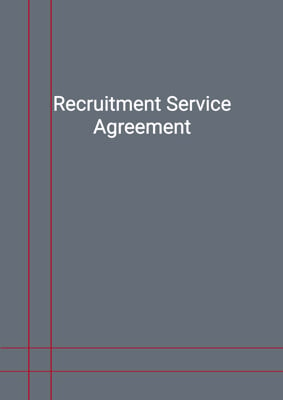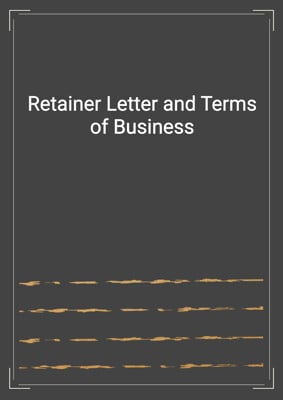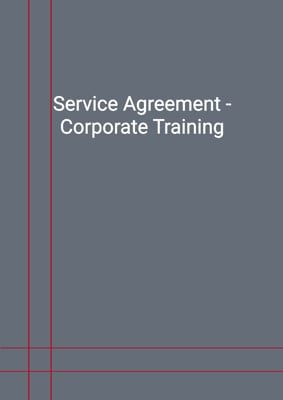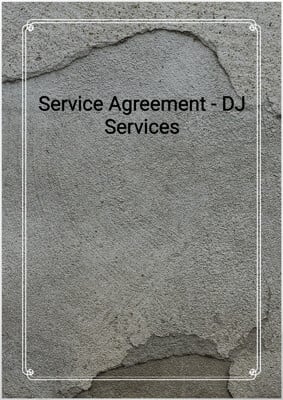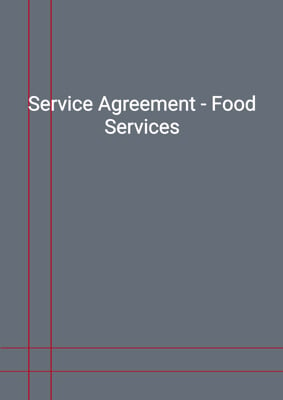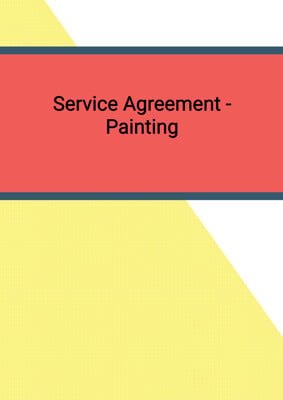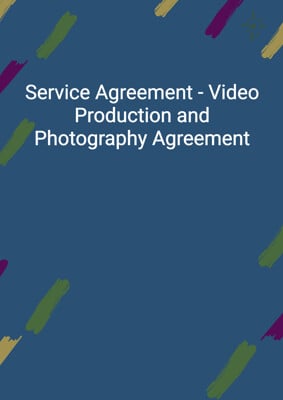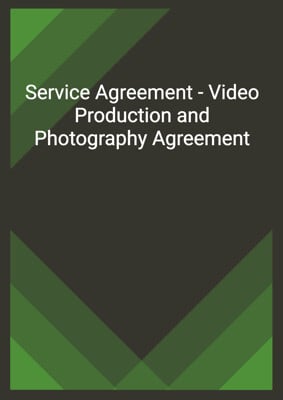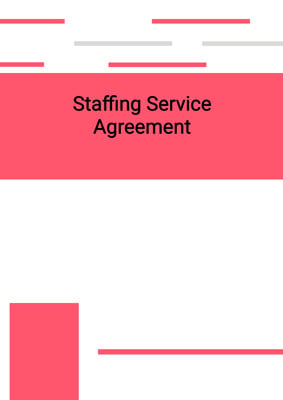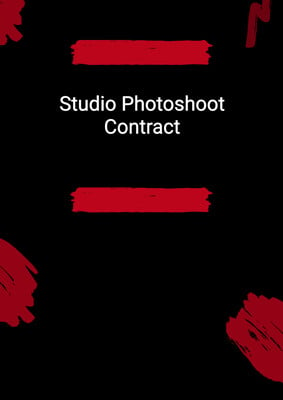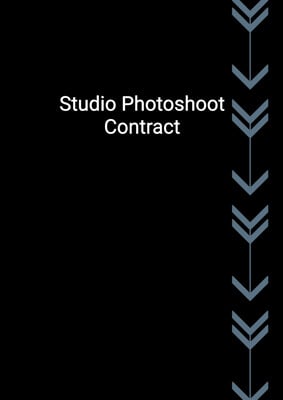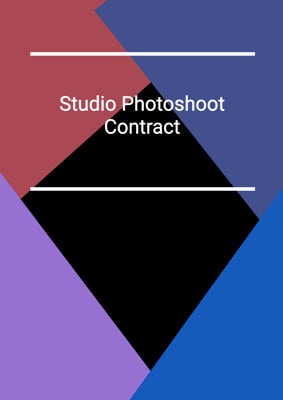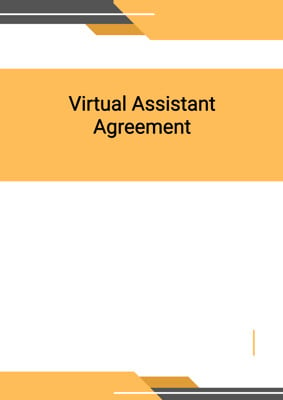How to Tailor the Document for Your Need?
01
Create Document
Fill in the details of the parties. You can click the "Fill with Member’s Information" button to complete it with information saved to your account.
02
Fill Information
Please fill in any additional information by following the step-by-step guide on the left hand side of the preview document and click the "Next" button.
03
Get Document
When you are done, click the "Get Document" button and you can download the document in Word or PDF format.
04
Review Document
Please get all parties to review the document carefully and make any final modifications to ensure that the details are correct before signing the document.
Document Preview
Document Description
This commissioning agreement for artistic works is a legally binding document that outlines the terms and conditions between the artist and the client. The agreement highlights the importance of the document by ensuring that both parties are clearly identified and their principal places of business are stated. The document provides a detailed introduction for the entire agreement and each section, covering all aspects of the agreement.
The agreement begins with an interpretation section, defining key terms and providing general provisions. It includes definitions for agreement, services, completion date, and work. The interpretation section ensures that both parties have a clear understanding of the terms used throughout the document.
The artist's obligations section outlines the responsibilities of the artist in providing the services to the client. It emphasizes the artist's commitment to delivering high-quality work and performing the agreement in a professional and diligent manner. The section also covers compliance with laws and regulations and the need for a separate agreement for any services outside the scope defined in the agreement.
The completion of the work section emphasizes the importance of timely completion and the consequences of non-completion. It includes provisions for granting extensions and specifies the amount of liquidated damages the client is entitled to if the work is not completed by the agreed-upon date.
The revisions section addresses the client's entitlement to revisions of the deliverables and the associated charges for additional revisions beyond the agreed-upon limit.
The fees section outlines the payment terms, including the fee payable to the artist and the schedule for invoicing and payment. It also includes provisions for late payment charges.
The agreement establishes the artist as an independent contractor and clarifies that no employer-employee relationship or partnership is created.
The warranties and indemnities section highlights the artist's obligations to promptly notify the client of any delays, problems, or complaints related to the services. It also outlines the client's responsibility to report any defects in the artist's performance. The section ensures that the client's rights and benefits are enforceable through the agreement and addresses the artist's representations and warranties regarding the work.
The term and termination section specifies the duration of the agreement and the conditions for termination by either party. It also covers the consequences of termination, including the artist's obligation to deliver any completed work and the client's liability for payment.
The ownership of materials section addresses the intellectual property rights in the work and establishes the client as the sole owner. It also outlines the artist's rights to retain authorship credit and use the work in their portfolio.
The agreement includes provisions for confidentiality, announcements/publicity, amendment, assignment, severability, further assurance, warranty of capacity and power, force majeure, and no rights under contracts for third parties. It also includes a jurisdiction clause, notices and service provisions, and counterparts.
Overall, this commissioning agreement for artistic works is a comprehensive document that protects the rights and interests of both the artist and the client, ensuring clear communication and mutual understanding throughout the commissioning process.
How to use this document?
To use this commissioning agreement for artistic works, follow these steps:
1. Review the agreement: Familiarize yourself with the entire agreement, including the interpretation section, artist's obligations, completion of the work, revisions, fees, independent contractor status, warranties and indemnities, term and termination, ownership of materials, and other provisions.
2. Customize the agreement: Modify the agreement to reflect the specific details of your commissioning arrangement. Update the names and addresses of the parties, specify the services to be provided by the artist, and include any additional terms or conditions that are relevant to your agreement.
3. Specify the completion date: If applicable, enter the agreed-upon completion date for the work. This ensures that both parties are aware of the deadline and can plan accordingly.
4. Determine the price and payment terms: Clearly specify the fee payable to the artist and the schedule for invoicing and payment. Consider including provisions for late payment charges to incentivize timely payment.
5. Address revisions and additional services: Determine the number of revisions included in the agreement and establish the cost for any additional revisions. If there are any services outside the scope defined in the agreement, ensure that a separate agreement is reached for those services.
6. Understand termination provisions: Familiarize yourself with the conditions for termination by either party and the consequences of termination. Be aware of your rights and obligations in case termination becomes necessary.
7. Protect intellectual property rights: Clarify the ownership of materials and ensure that the client becomes the sole owner of the intellectual property rights in the work. Specify the artist's rights to retain authorship credit and use the work in their portfolio.
8. Consider confidentiality and publicity: Understand the obligations regarding confidentiality and seek approval for any announcements or disclosures related to the agreement.
9. Seek legal advice if needed: If you have any concerns or questions about the agreement, consult with a legal professional to ensure that your rights and interests are protected.
10. Sign and retain copies: Once the agreement is finalized, sign the document and retain copies for both parties. Keep the agreement in a safe and easily accessible place for future reference.
Remember, this guidance provides a general overview of using the commissioning agreement for artistic works. It is important to adapt the steps to your specific circumstances and seek legal advice if necessary.
Not the right document?
Don’t worry, we have thousands of documents for you to choose from:
